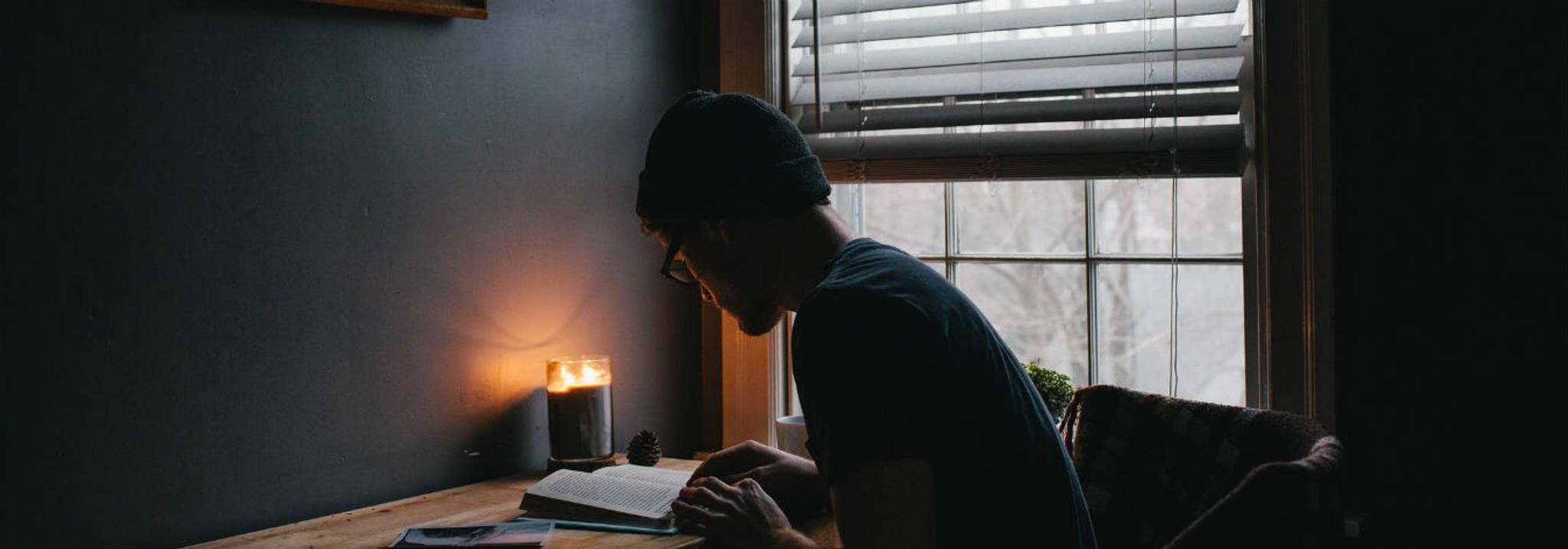
Everyone’s going crazy for ‘hygge’. Books are offering to teach people the art of it, tabloids are claiming it’s the latest lifestyle trend, and advice columns are advising people to hygge their offices and homes, stat. But what does it mean? Technically, it’s untranslatable. But it’s basically a Danish brand of cosiness and comfort that the country has transformed into a timely – and highly profitable – cultural export.
It’s often associated with homely items like candles, soft lighting, blankets and woollen socks, but the true essence of hygge is found in experiences, rather than things. The kindness to oneself that defines hygge is seen as a key factor that helps Danish society function so smoothly, despite its harsh and depressing winters. “Research shows that people who are able to be kind to themselves, rather than harshly self-critical, tend to have better mental health and higher life satisfaction,” says Dr. Mark Williamson, director of action for Happiness, a think-tank and social change movement. “And allowing ourselves some hygge time to boost wellbeing leaves us better placed to help others.”
With anxiety and mental health issues on the rise worldwide, the market for hygge stretches far beyond Danish borders. By exporting the concept through blankets, how-to manuals or within homeware brands like Trouva, Denmark is capitalising on its reputation as the world’s happiest nation. Mental health is on the radar more than ever, with a quarter of the world’s population predicted to suffer from a mental health issue in their lifetime. And with the global cost of mental healthcare expected to exceed $6 trillion annually by 2030, emulating a Danish lifestyle and investing in hygge-scented candles is a small price to pay to join the ranks of the world’s happiest people.
Discover more insights like this by signing up to the Canvas8 Library.
Mira Kopolovic is a writer and researcher, with an MA in creative industries, which focused on artist-brand collaborations. She spends her spare time poring over dystopian literature.